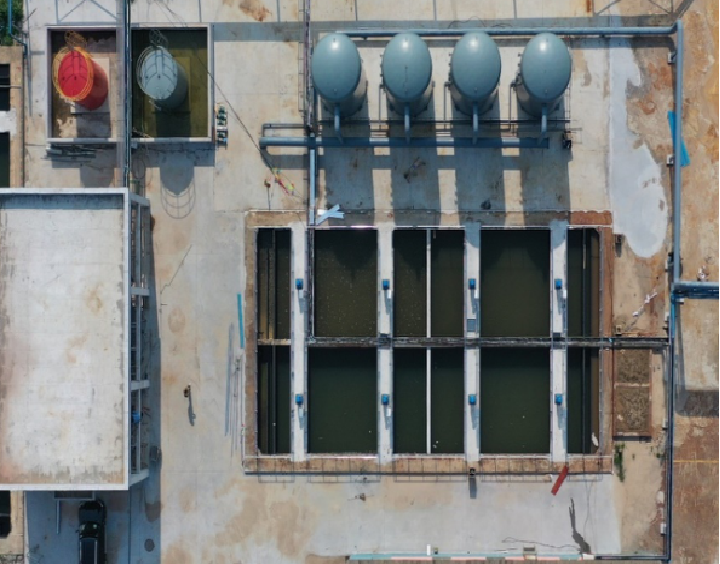IFenton technology is based on the traditional Fenton oxidation advanced treatment technology, combined with years of engineering application experience, the R&D team carries out process innovation and improvement, and forms a wastewater advanced treatment technology that complements the wastewater biochemical treatment process well, has a wide range of application, low treatment cost and good treatment effect.
IFenton process technology is a "modified Fenton" process. According to the molecular structure characteristics of residual organic pollutants in wastewater after biochemical treatment, through the precise control of reaction conditions (reaction pH, ORP, time, dosage, dosage order, etc.), the degradation function of catalase is simulated. The organic pollutant molecules in wastewater are moderately oxidized by controlling the generated hydroxyl radical, and the carboxylated pollutant molecules are complexed with iron ions generated by the catalytic reaction to generate iron carboxylate complex with large molecular weight, and its water solubility is reduced. Then, wastewater purification is realized by means of solid-liquid separation.
Scope of application: The technology is suitable for pulp and paper making, textile printing and dyeing, pesticides, pharmaceuticals and other industrial wastewater and industrial park wastewater advanced treatment, can efficiently remove wastewater COD, chroma, total phosphorus, suspended solids and other pollutants. The treatment effect is better than other advanced oxidation technologies such as ozone catalysis.






